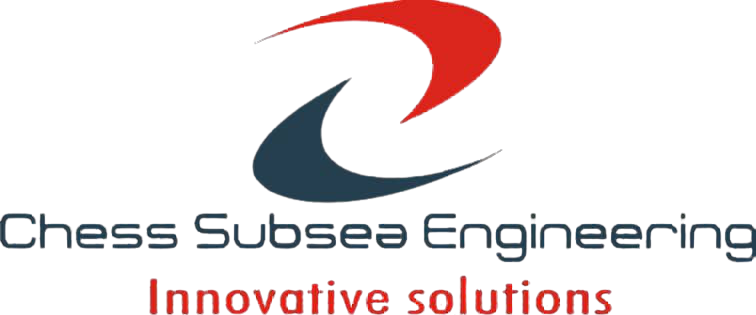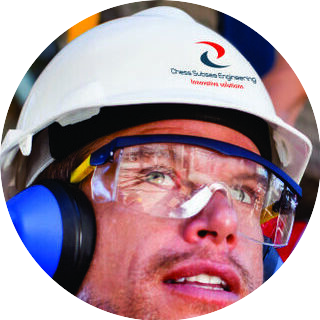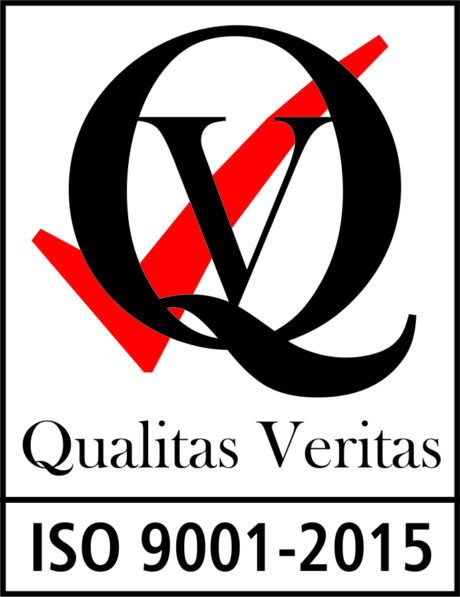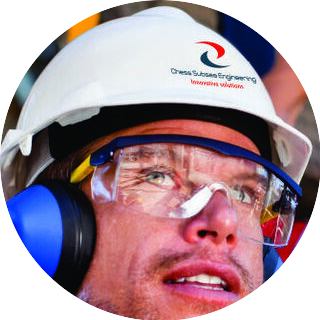Description
Supervisory Control and Data Acquisition (SCADA) is a type of industrial control system that is used to monitor and control processes in various industries. It is a software and hardware system that collects data from various sensors and devices, such as valves, pumps, and temperature sensors, and displays this data to operators in a control room. SCADA systems are used in industries such as oil and gas, water and wastewater treatment, energy and utilities, manufacturing, and transportation.
The main purpose of SCADA is to allow operators to monitor and control industrial processes in real-time, and to make decisions based on the data collected by the system. The system is able to collect and analyze large amounts of data, and can provide alerts when certain conditions or thresholds are met, allowing operators to take action to prevent problems or optimize processes.
SCADA systems typically consist of a central server or host computer, which is connected to remote terminal units (RTUs) or programmable logic controllers (PLCs) that are located throughout the industrial facility. The RTUs or PLCs are responsible for collecting data from sensors and devices, and transmitting this data back to the host computer for processing and display.
In addition to monitoring and control, SCADA systems can also perform data logging, report generation, and data analysis. This data can be used to improve industrial processes, reduce downtime, and increase efficiency. Overall, SCADA is an important technology that allows operators to monitor and control industrial processes in real-time, ensuring the safety, reliability, and efficiency of critical infrastructure.
Introduction to Supervisory Control & Data Acquisition Engineering (SCADA) Level 1 covers SCADA System Architecture & Types, Hardwares, Software Architecture, Human Machine Interface, Supervisory System, Remote Terminal Unit, Programmable Logic Controler, Communication Interface & Protocol, SCADA Server & Programming, Event and Alarm, Monitoring and Event Processing, Alarm Logging and more.
Course Outlines
Overview SCADA
Purpose of SCADA
Fundamentals of Control
SCADA System Architecture & Types
Hardwares
Software Architecture
Human Machine Interface
Supervisory System
Remote Terminal Unit
Programmable Logic Controler
Communication Interface & Protocol
SCADA Server & Programming at level 1
Event and alarm
Monitoring and Event Processing
Alarm Logging
Assessment
Participant underpinning knowledge of supervisory control & data acquisition engineering shall be accessed with short answer multiple-choice questionnaire and hands on workshops at the conclusion of the course.
Outcome
Participants will gain an in debt understanding of supervisory control & data acquisition engineering at level 1. They will also be able to function with minimum supervision as SCADA Systems Engineer for IOCs, Automation Systems contractor or vendor company.
Professional Certificate
Issued directly by Chess Subsea Engineering Europe.
Participant may be presented for Offshore Petroleum Training Organization (OPITO) Certification.
How to Register
Click here to download registeration booklet on msword and email completed booklet to info@chesssubseaengineering.org directly.







